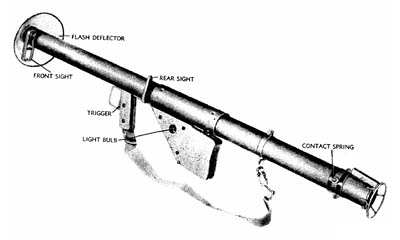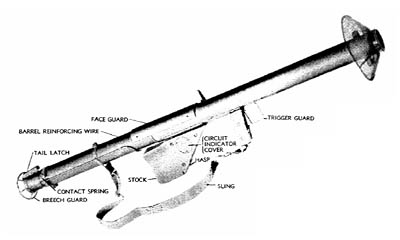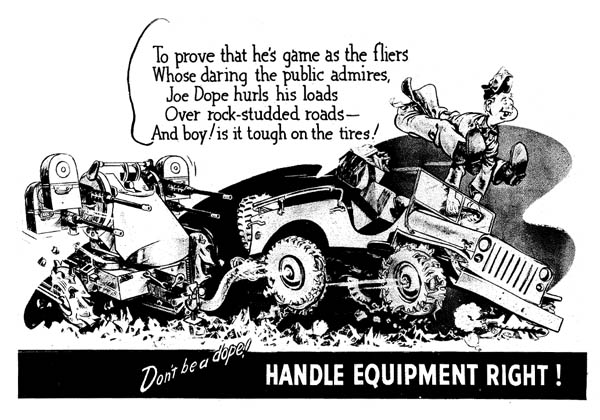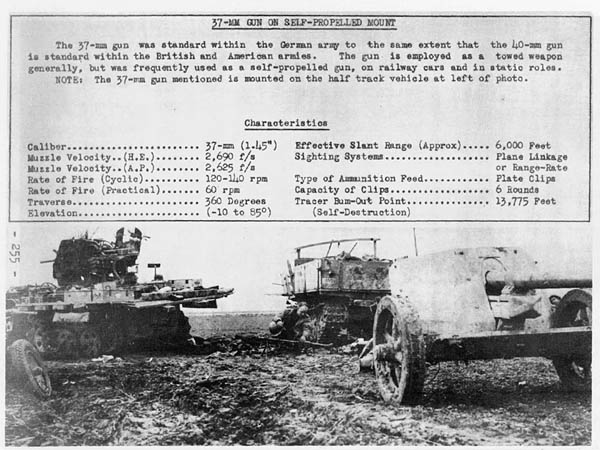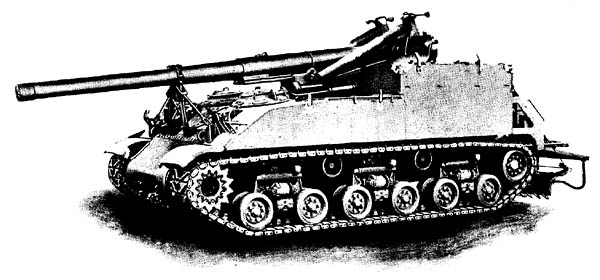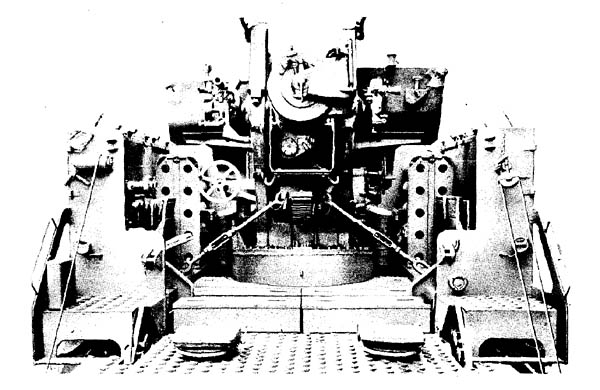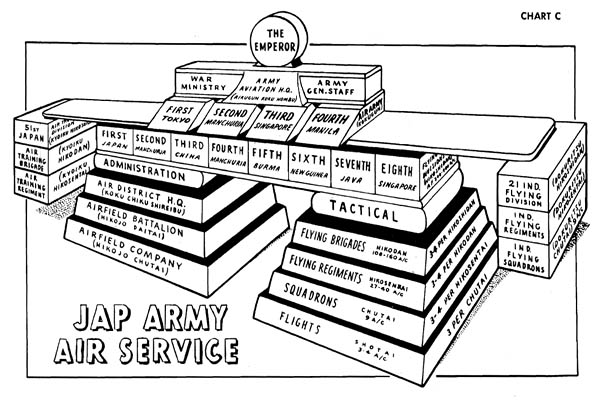Soviet Infantry Weapons of WW2:
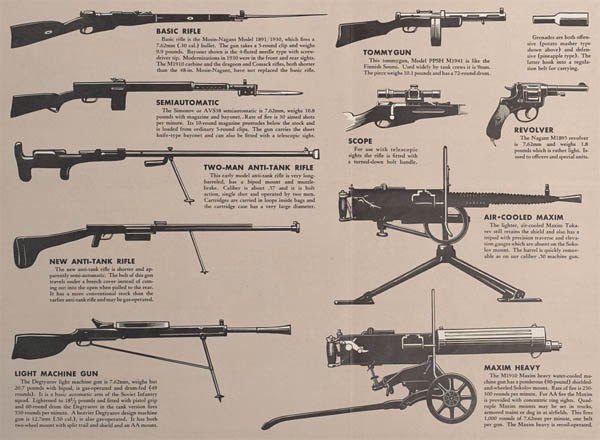
BASIC RIFLE
Basic rifle is the Mosin-Nagant Model 1891/1930, which fires a 7.62mm (.30 cal.) bullet. The gun takes a 5-round clip and weighs 9.9 pounds. Bayonet shown is the 4-fluted needle type with screwdriver tip. Modernizations in 1930 were in the front and rear sights. The M1910 carbine and the dragoon and Cossack rifles, both shorter than the 48-in. Mosin-Nagant, have not replaced the basic rifle.
SEMIAUTOMATIC
The Simonov or AVS38 semiautomatic is 7.62mm, weighs 10.8 pounds with magazine and bayonet.. Rate of fire is 30 aimed shots per minute. Its 10-round magazine protrudes below the stock and is loaded from ordinary 5-round clips. The gun carries the short knife-type bayonet and can also be fitted with a telescopic sight.
TWO-MAN ANTI-TANK RIFLE
This early model anti-tank rifle is very long-barreled, has a bipod mount and muzzle-brake. Caliber is about .57 and it is bolt action, single shot and operated by two men. Cartridges are carried in loops inside bags and the cartridge case has a very large diameter.
NEW ANTI-TANK RIFLE
The new anti-tank rifle is shorter and apparently semi-automatic. The bolt of this gun travels under a breech cover instead of coming out into the open when pulled to the rear. It has a more conventional stock than the earlier anti-tank rifle and may be gas-operated.
LIGHT MACHINE GUN
The Degtyarov light machine gun is 7.62mm, weighs but 20.7 pounds with bipod, is gas-operated and drum-fed (49 rounds). It is a basic automatic arm of the Soviet Infantry squad. Lightened to 18 1/2 pounds and fitted with pistol grip and 60-round drum the Degtyarov in the tank version fires 550 rounds per minute. A heavier Degtyarov design machine gun is 12.7mm (.50 cal.), is also gas-operated. It has both two-wheel mount with split trail and shield and an AA mount.
TOMMYGUN
This tommygun, Model PPSH M1941 is like the Finnish Soumi. Used widely by tank crews it is 9mm. The piece weighs 10.1 pounds and has a 72-round drum.
GRENADE
Grenades are both offensive (potato masher type shown above) and defensive (pineapple type). The latter hook into a regulation belt for carrying.
SCOPE
For use with telescopic sights the rifle is fitted with a turned-down bolt handle.
REVOLVER
The Nagant M1895 revolver is 7.62mm and weighs 1.8 pounds which is rather light. Issued to officers and special units.
AIR-COOLED MAXIM
The lighter, air-cooled Maxim Tokarev still retains the shield and also has a tripod with precision traverse and elevation gauges which are absent on the Sokolov mount. The barrel is quickly removable as on our caliber .50 machine gun.
MAXIM HEAVY
The M1910 Maxim heavy water-cooled machine gun has a ponderous (90-pound) shielded-and-wheeled Sokolov mount. Rate of fire is 250-300 rounds per minute. For AA fire the Maxim is provided with concentric ring sights. Quadruple Maxim mounts may be set in trucks, armored trains or dug in at airfields. This fires 1,000 rounds of 7.62mm per minute, one belt per gun. The Maxim heavy is recoil-operated.
Source: Newsmap, U.S. Army Service Forces, Army Information Branch, February 1, 1943.

